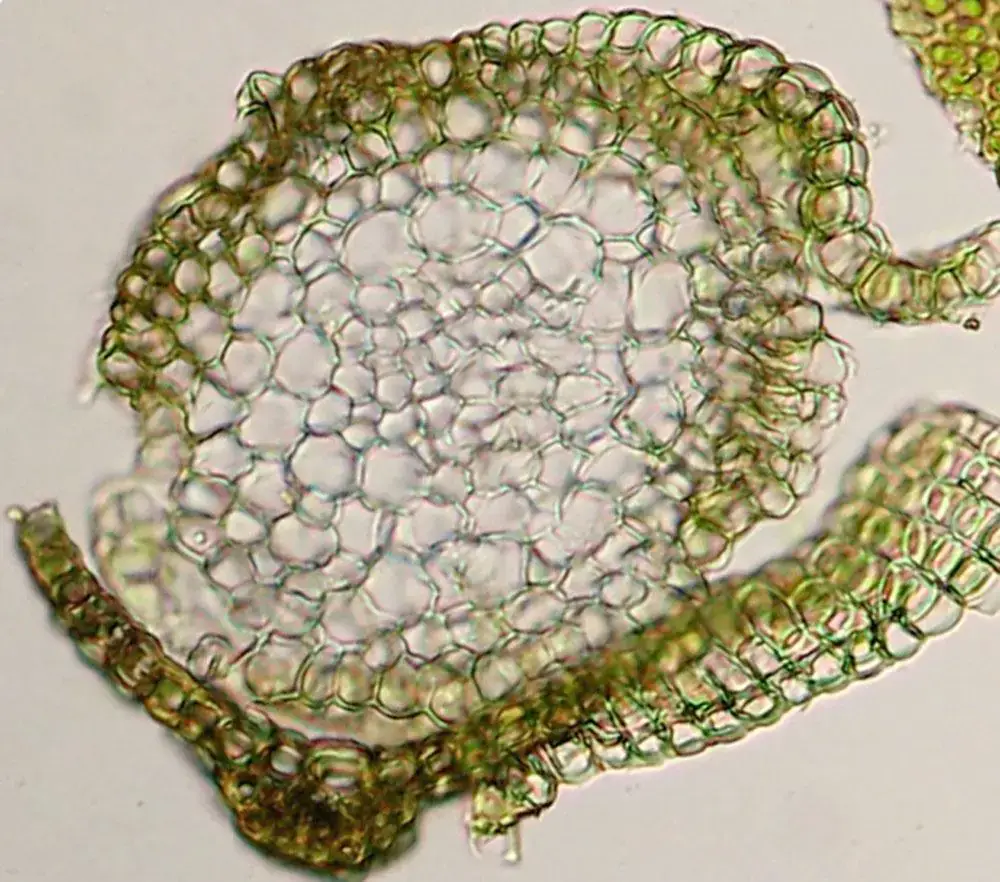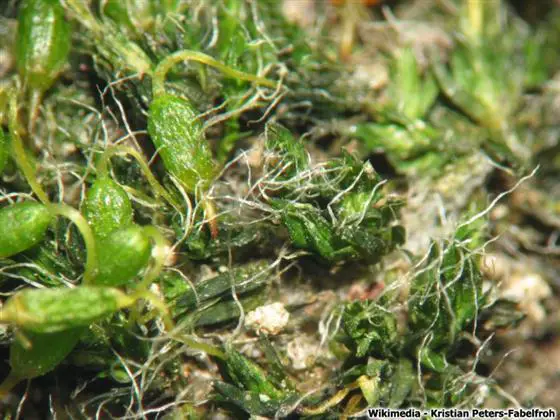
49789100443_2d47e3891b_b.jpg from: https://www.flickr.com/photos/21657471@N04/49789100443/
Introduction
Welcome, fellow moss enthusiasts! Today, we’re going to delve into the fascinating world of Grimmia pulvinata (Hedw.) Sm., a captivating member of the Grimmiaceae family. This unassuming yet resilient moss has captured the hearts of bryologists and nature lovers alike, and we’re about to unravel its secrets.

Grimmia-pulvinata-(Hedw.)-Sm.-204397.jpg from: https://www.biodiversidadvirtual.org/herbarium/Grimmia-pulvinata-(Hedw.)-Sm.-img204397.html
Background
Before we dive into the nitty-gritty details, let’s set the stage. Grimmia pulvinata belongs to the Bryophyta

Grimmia-pulvinata-(Hedw.)-Sm.-95462.jpg from: https://www.biodiversidadvirtual.org/herbarium/Grimmia-pulvinata-(Hedw.)-Sm.-img95462.html
phylum, which encompasses the diverse and enchanting world of mosses, liverworts, and hornworts. These diminutive yet mighty plants have been around for millions of years, predating even the dinosaurs!

62698558.jpg from: https://observation.org/photos/62698558/
Main Content
Morphology and Identification
Grimmia pulvinata is a true chameleon of the moss world. Its appearance can vary greatly depending on its environment, but there are a few key characteristics that set it apart. This moss forms dense, cushion-like tufts that cling tenaciously to rocks, tree bark, and even concrete surfaces. Its leaves are lanceolate (lance-shaped) and keeled (with a prominent midrib), giving it a distinct and recognizable silhouette.
Global Distribution and Habitat

50723901992_0cc8a7883e_b.jpg from: https://www.flickr.com/photos/21657471@N04/50723901992/
This hardy moss is a true globetrotter, found on every continent except Antarctica. It thrives in a wide range of habitats, from arid deserts to temperate forests, and even in urban environments. Grimmia pulvinata is a true survivor, able to withstand extreme temperatures, drought, and even air pollution.
Ecological Roles and Adaptations
Despite its diminutive size, Grimmia pulvinata plays a crucial role in its ecosystems. It acts as a pioneer species, colonizing bare surfaces and paving the way for other plants to follow. Additionally, its dense cushions provide shelter and nourishment for a myriad of tiny creatures, from tardigrades to mites.
But what truly sets Grimmia pulvinata apart is its remarkable adaptations. Its leaves are coated with a waxy cuticle, allowing it to retain moisture in arid environments. Furthermore, it can undergo desiccation tolerance, a process where it essentially “turns off” its metabolism during periods of extreme drought, only to spring back to life when conditions improve.
Case Studies/Examples
To illustrate the resilience of Grimmia pulvinata, let’s consider a case study from the heart of New York City. In the bustling concrete jungle, this moss has found a home on the walls of buildings, thriving in the face of air pollution and urban heat islands. Its ability to colonize such inhospitable environments is a testament to its remarkable adaptations.
Technical Table

cross-section.jpg from: https://blogs.ubc.ca/biology321/?page_id=508

211946.jpg from: https://inpn.mnhn.fr/espece/cd_nom/5554

Grimmia_pulvinata_detailF.jpg from: https://azoresbioportal.uac.pt/pt/especies-dos-acores/grimmia-pulvinata-11889/

2019-01-01-13-38-03-800×600.jpg from: https://www.britishbryologicalsociety.org.uk/learning/species-finder/grimmia-pulvinata/
| Characteristic | Description |
|---|---|
| Phylum | Bryophyta |
| Class | Bryopsida |
| Family | Grimmiaceae |
| Genus | Grimmia |
| Species | pulvinata |
| Growth Form | Dense cushions |
| Leaf Shape | Lanceolate, keeled |
| Habitat | Rocks, tree bark, concrete |
| Distribution | Cosmopolitan (except Antarctica) |
| Adaptations | Waxy cuticle, desiccation tolerance |
Conclusion
As we bid farewell to the captivating world of Grimmia pulvinata, we’re left with a newfound appreciation for the resilience and adaptability of these unassuming yet remarkable mosses. Who knew that such tiny plants could teach us valuable lessons about perseverance and survival? So, the next time you encounter a cushion of moss clinging to a rock or a city wall, take a moment to marvel at the incredible journey of Grimmia pulvinata.
And now, a thought-provoking question for you, dear reader: If a moss can thrive in the harshest of environments, what other wonders of nature might we be overlooking in our daily lives?

35021065.jpg from: https://observation.org/photos/35021065/